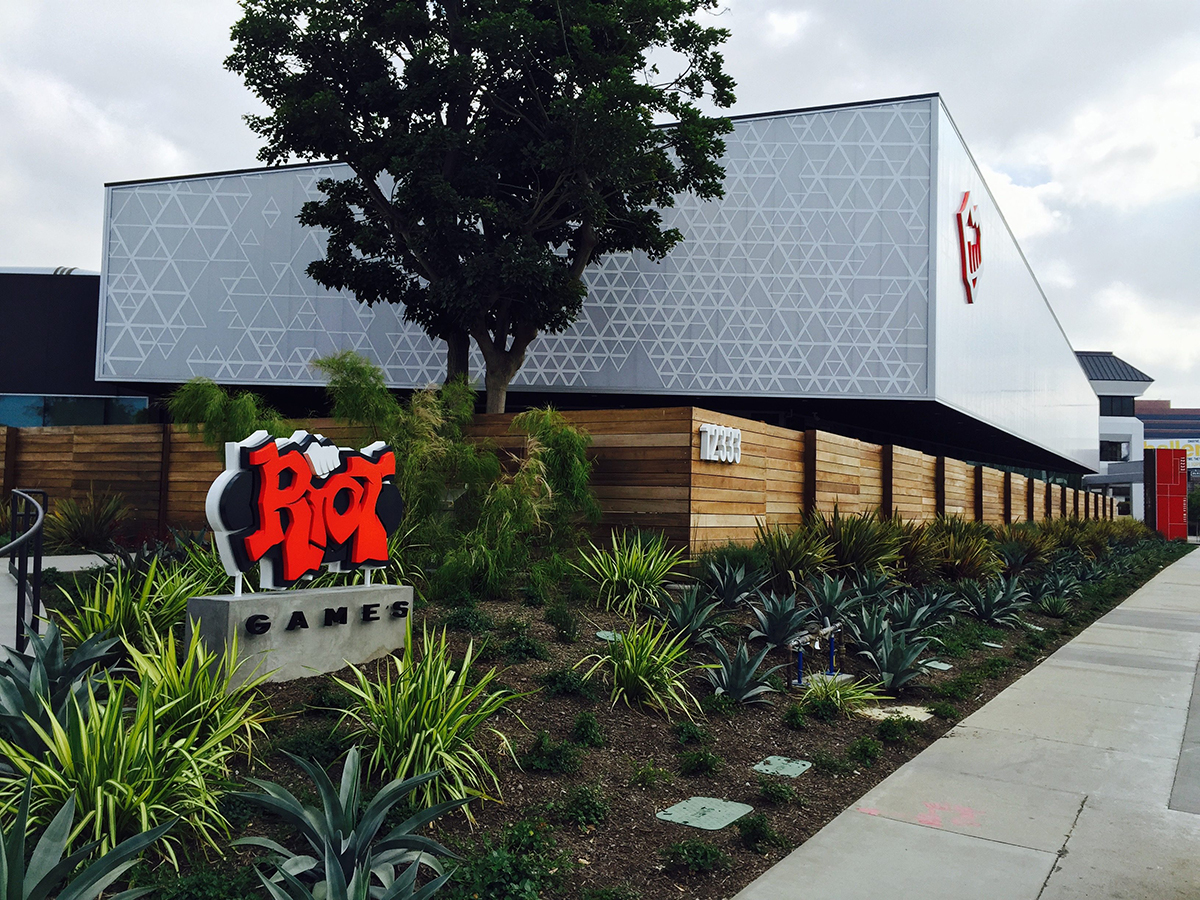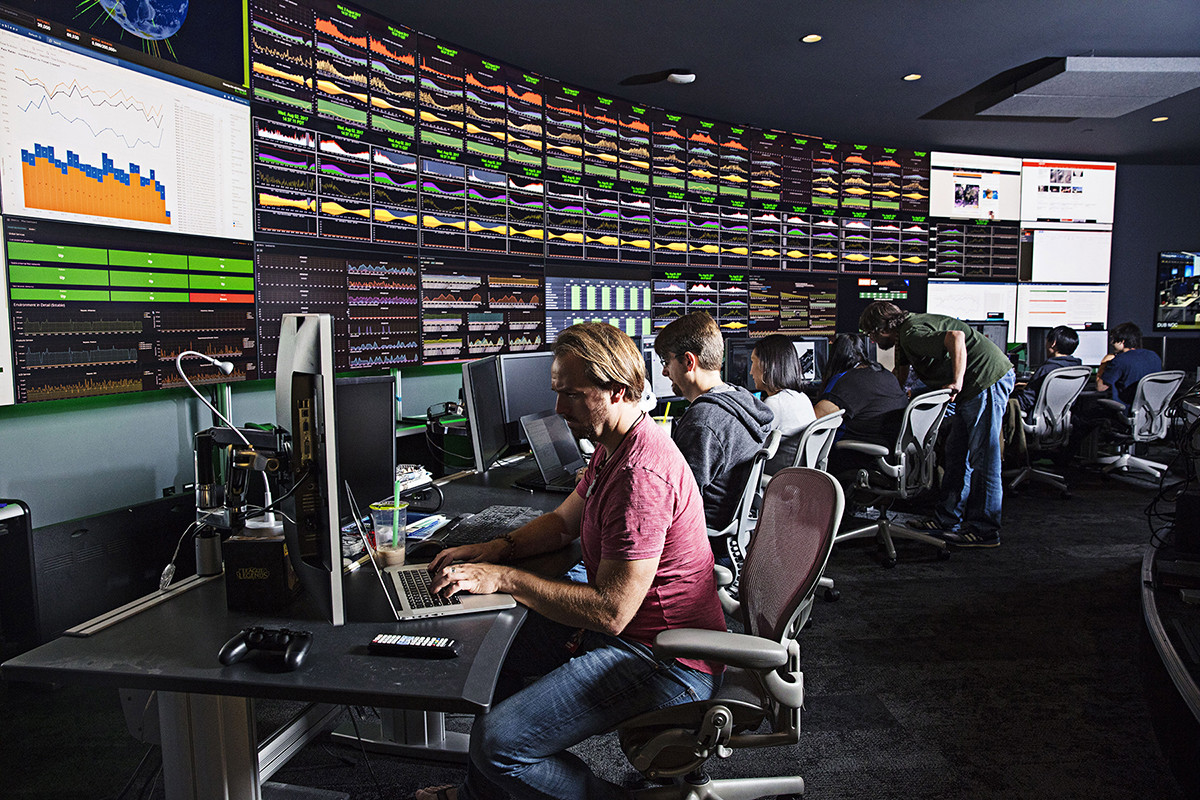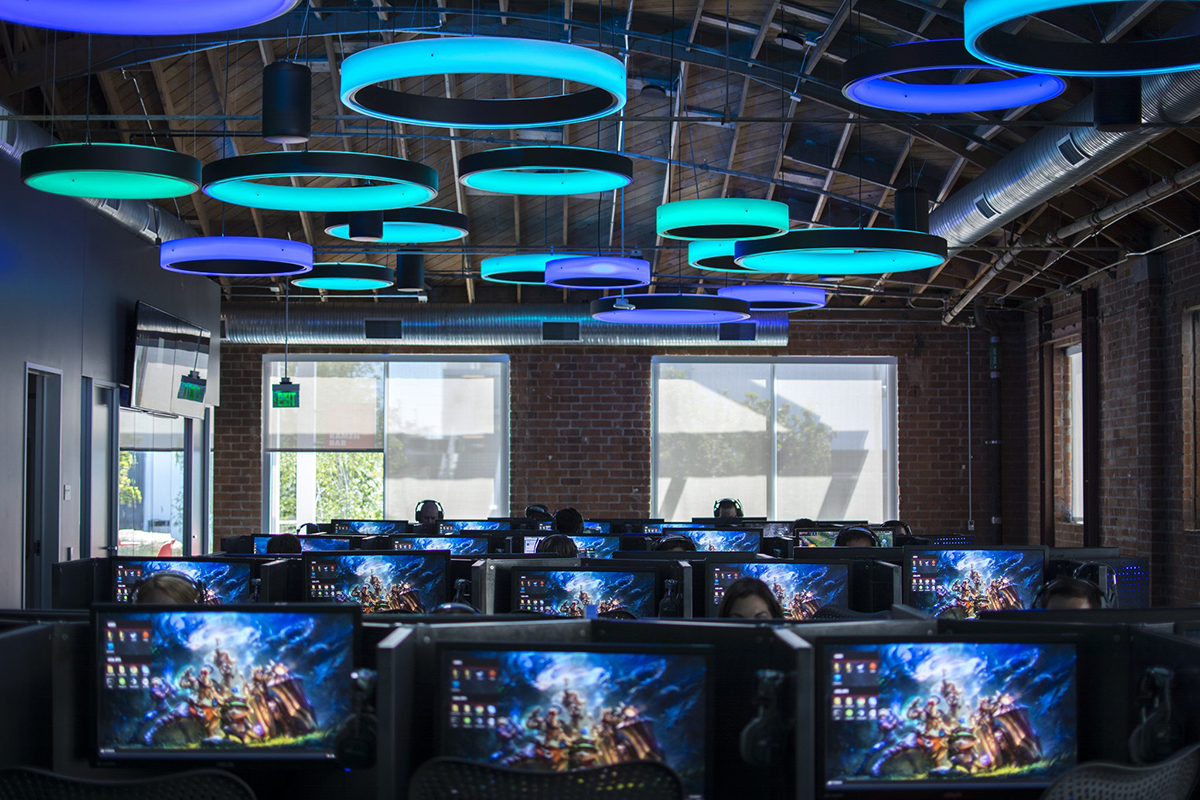Calrec Creates At-Home-Production Efficiencies for Riot Games’ Esports Operation
Story Highlights
Riot Games has implemented Calrec’s RP1 remote broadcast mixing system and Artemis mixing consoles to create a new workflow in an effort to overcome the three major challenges of at-home production – latency, transport and control. Riot Games, one of esports’ major game developers and tournament organizers, has been pioneering a remote production workflow for its many events worldwide.
 With Riot’s unique production style, remote trucks have essentially been eliminated. Instead, a transition to an at-home paradigm has been accelerated by the recent introduction of various solutions, such as Calrec’s RP1. Just as broadcast producers have had to find unique workflows and presentation solutions for individual traditional sports, so too must esports companies looking for ways to deliver their live competitions in an efficient and resilient manner.
With Riot’s unique production style, remote trucks have essentially been eliminated. Instead, a transition to an at-home paradigm has been accelerated by the recent introduction of various solutions, such as Calrec’s RP1. Just as broadcast producers have had to find unique workflows and presentation solutions for individual traditional sports, so too must esports companies looking for ways to deliver their live competitions in an efficient and resilient manner.
“Our workflow is unique to each game,” says Matthew Donovan, broadcast engineering manager at Riot’s West L.A. production facility. “You have to know the game, the capabilities and the limitations, and be embedded with the developers to be able to visually represent that game in an engaging way for its fans. The technical obstacles you need to overcome will be different given different circumstances. The critical part is having a team embedded with the individuality of the games and experiences they’re trying to recreate and working with those challenges to create a good technical solution. But, there’s always a way to improve. There’s always a change that’s going to deliver more value.”
Donovan, referring to the company’s RP1 remote production unit controlled by a Calrec Artemis mixing console, adds: “Things that were more challenging are now a lot easier to accomplish.”
 This at-home production workflow supports Riot’s simple philosophy: “We try to keep as many people home as possible so they can sleep in their beds,” says Audio Engineer Dave Talavera.
This at-home production workflow supports Riot’s simple philosophy: “We try to keep as many people home as possible so they can sleep in their beds,” says Audio Engineer Dave Talavera.
Though the company looks to serve the future, some functions are still handled locally at the venues. This includes redundant IFB mixes for the talent and competitors, who are on Dante-enabled wired packs from Studio Technologies, which also feed to the on-site console for fail-safe production. Riot uses Calrec’s new REMI audio products, such as the RP1 remote production unit, which allows latency-free IFBs to be generated at the remote site. These are subsequently controlled by a Calrec Artemis mixing console at the L.A. facility, which uses an in-house Riedel system for VoIP communications with the remote locations.
 Working with IP transports requires the production to carefully manage firewalls and potential IP address conflicts. When two back-to-back shows are leapfrogging, relevant production components must be on a separate address for each show. In some cases, Riot uses a 10.22 network, the class A block of IP space reserved for private networks and assign each path to different addresses, enabling the audio engineers to manage switchovers. As part of its development of this at-home production infrastructure, Riot also adopted a Haivision transport system that significantly reduces bandwidth requirements.
Working with IP transports requires the production to carefully manage firewalls and potential IP address conflicts. When two back-to-back shows are leapfrogging, relevant production components must be on a separate address for each show. In some cases, Riot uses a 10.22 network, the class A block of IP space reserved for private networks and assign each path to different addresses, enabling the audio engineers to manage switchovers. As part of its development of this at-home production infrastructure, Riot also adopted a Haivision transport system that significantly reduces bandwidth requirements.
Riot Games is headquartered on a 20-acre campus in West Los Angeles, where one of its buildings houses a fully equipped broadcast facility and maintains 23 other offices worldwide. Production of European competition broadcasts have transitioned to its Berlin-based LoL European Championship (LEC) studio, which features a Calrec Artemis console in the broadcast audio production room. A Calrec Brio in Berlin additionally acts as a monitor console for players, with a CEDAR system eliminating distracting crowd noise from their headsets.
“Riot Games’ groundbreaking IP-based style of production is sure to have a significant impact on the world of broadcasting — beyond just eSports,” says Dave Letson, VP of sales, Calrec. “As one of the first audio companies to invest in the development of remote production, we’re excited to see how our technologies will continue to be integrated into this at-home format. Our RP1 remote production system, now an integral component to broadcasters the world-over, not only helps to minimize costs and increase output, but maintains quality and reliability, making it a perfect complement to this style.”
